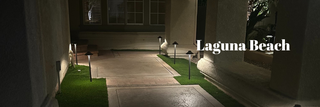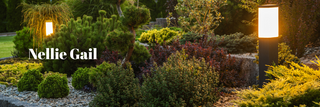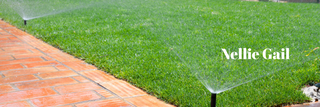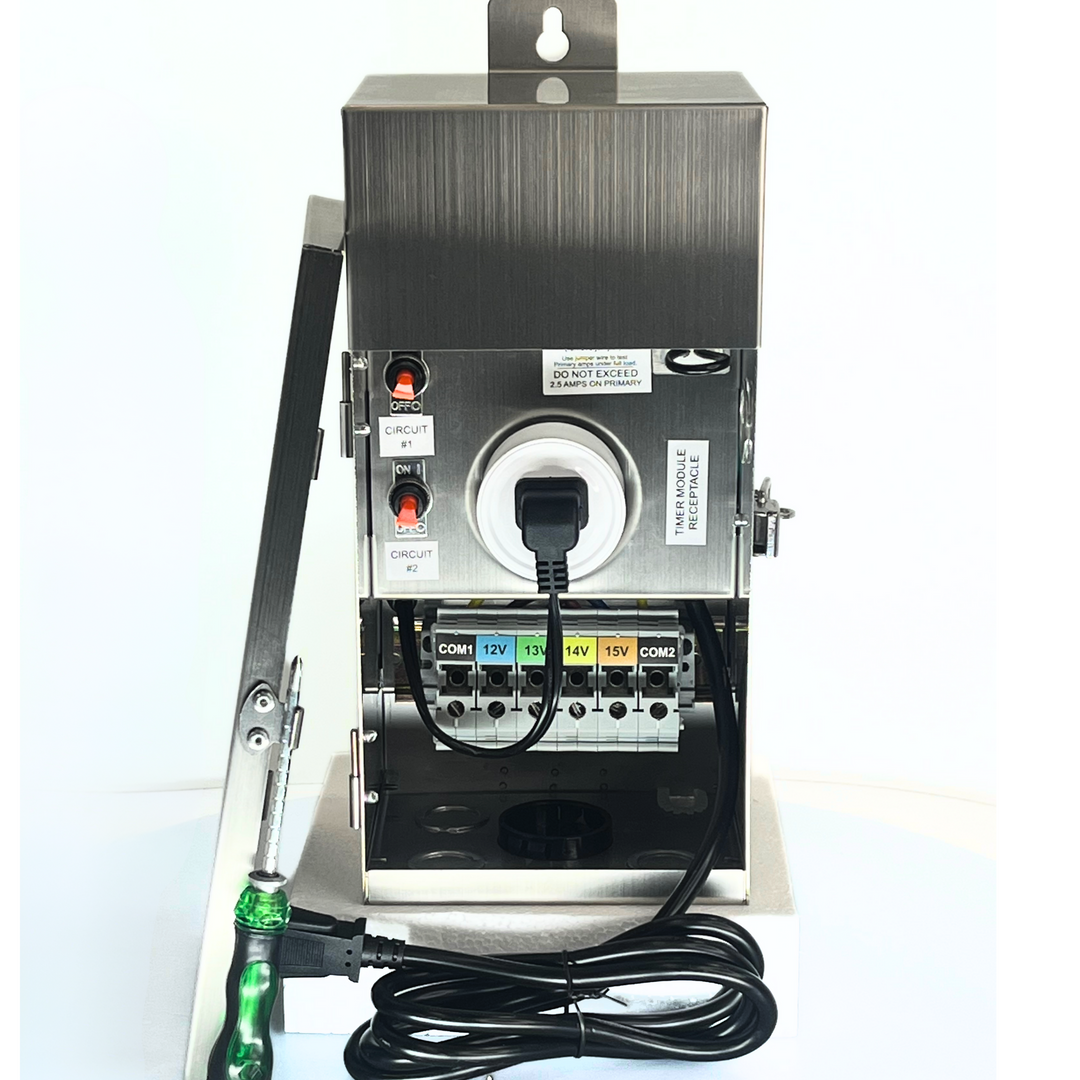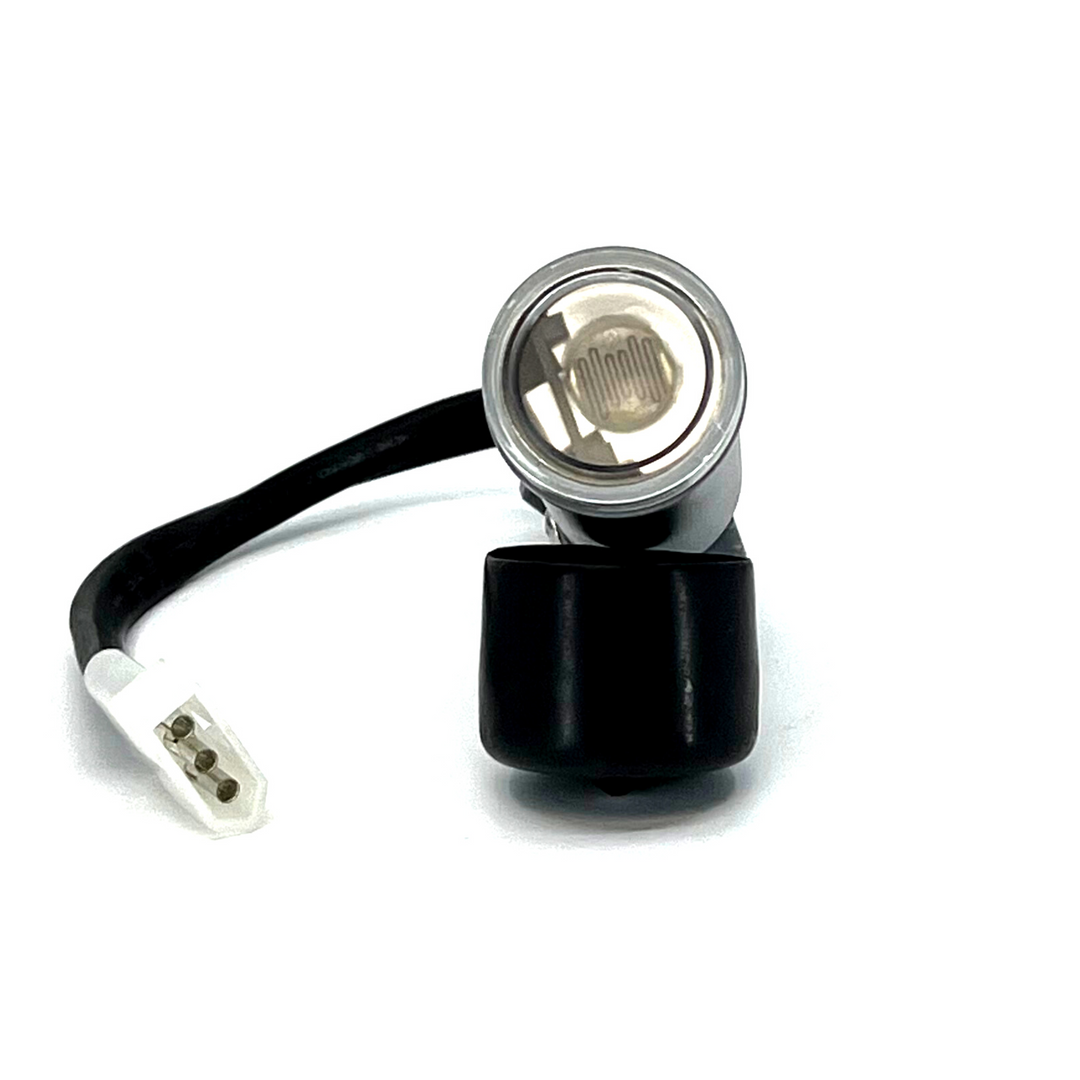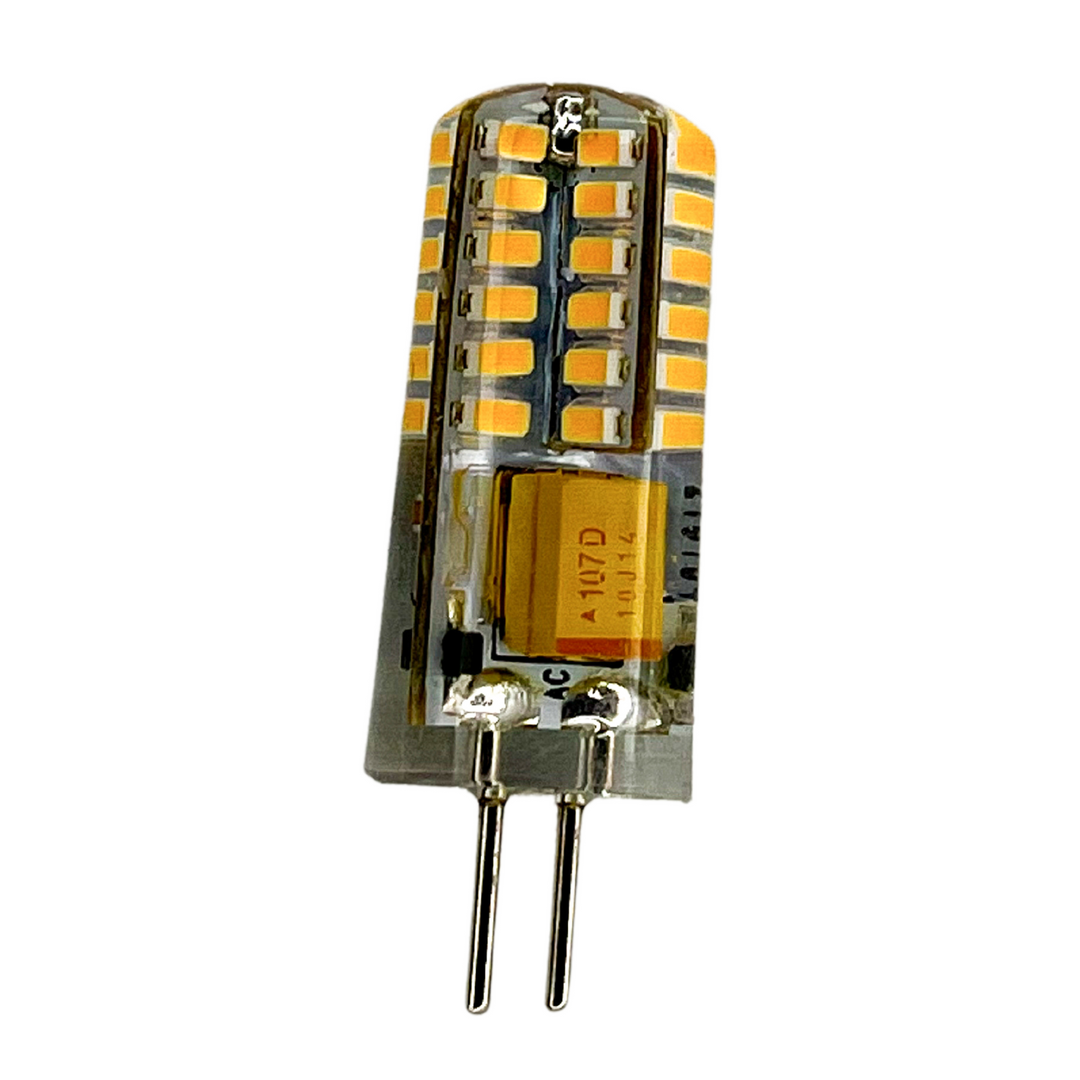
Start Your Landscape Lighting Journey in Laguna Niguel 2025
|
|
Time to read 7 min
Landscape lighting is more than just an outdoor upgrade—it’s a lifestyle improvement for Laguna Niguel homeowners. With year-round sunshine, scenic terrain, and a strong sense of community style, homes in Laguna Niguel are perfectly suited for well-designed outdoor lighting systems. Whether you want to add safety to your walkways, create ambiance for evening gatherings, or highlight your home's unique features, starting your landscape lighting journey with a clear plan can lead to stunning results.
Why Landscape Lighting Matters in Laguna Niguel
Enhancing curb appeal and outdoor atmosphere
Thoughtful lighting adds elegance to the exterior of your home. When used correctly, it can emphasize architectural details, showcase manicured gardens, and make your property feel more polished. In Laguna Niguel, many homes feature layered landscaping, curved entryways, or Mediterranean-style facades that look stunning under soft uplighting. Lighting creates contrast, highlights textures, and frames your home beautifully at night.
Boosting safety after dark
Unlit paths, stairs, and driveways are a common hazard. Outdoor lighting reduces the risk of trips and falls while guiding family members and guests safely to entry points. Lights along walkways or driveways can define boundaries, making navigation easier during evening hours or in foggy conditions, which occasionally affect coastal neighborhoods.
Improving home security
Strategically placed lights around doors, windows, and property lines discourage potential intruders. This added layer of security is especially valuable in Laguna Niguel, where homeowners often seek low-profile, effective safety enhancements that blend into their neighborhood's visual charm. Motion-activated lights or dusk-to-dawn sensors offer additional protection without over-lighting.
Extending outdoor living hours
Outdoor spaces are made to be enjoyed—especially in a place like Laguna Niguel. With gentle, ambient lighting, you can comfortably spend evenings on your patio, host dinners in your garden, or relax poolside without being limited by daylight. Accent lighting adds a sense of warmth, making your backyard feel like an extension of your indoor living space.
Assessing Your Outdoor Space
Observe at night
To understand your outdoor lighting needs, begin with a nighttime walkthrough. Notice which areas remain dark, which features are lost in shadow, and where extra visibility would help. Bring a flashlight or mobile light to test where fixtures might go. Pay attention to how light interacts with surfaces—shadows, reflections, and even how plants cast interesting patterns on walls.
Define zones and functions
Every yard has unique purposes—entertainment, relaxation, pathways, and garden displays. Outline which areas serve which function. In Laguna Niguel’s varied lot layouts, some zones may require functional lighting, while others need softer mood lighting. A dining patio, for instance, might need overhead string lights or pendant fixtures, while a secluded garden path might benefit from low-glow markers.
Sketch or document the space
Create a basic layout of your property or take reference photos. Mark areas needing attention. This quick planning step makes it easier to choose lighting styles, plan wiring, and visualize your final result. Apps and digital tools can help you test different lighting placements before installation begins.
Understanding the Types of Landscape Lighting Fixtures
Pathway lights
These short fixtures are placed along walkways and driveways. They offer guidance and enhance nighttime curb appeal while increasing safety on footpaths or stairs. Choose from traditional lantern styles, modern posts, or even flush-mounted designs that sit low to the ground.
Spotlights and floodlights
Spotlights focus narrow beams on focal points like trees or statues. Floodlights spread wide beams for broad coverage, often used for driveways or home exteriors. These are particularly useful on hillside properties in Laguna Niguel, where elevation changes require strategic light direction to ensure safe navigation.
Uplights and downlights
Uplights shine from the ground up, perfect for highlighting columns or tall plants. Downlights, often mounted in trees or under eaves, cast a soft wash over patios or outdoor dining areas. Downlighting from high positions mimics natural moonlight and can create a serene, layered effect over gardens or lawns.
Step, deck, and hardscape lighting
These fixtures tuck into railings, walls, or stonework, offering safe, unobtrusive lighting on stairs, low walls, and sitting areas. They provide ambient light and help prevent accidents. In Laguna Niguel, many homes have terraced backyards or multi-level patios where these lights enhance function and form.
Accent lighting for focal points
Accent fixtures can be used for special touches—like illuminating a sculpture, entry gate, or water feature. These lights add drama and help tie your lighting plan together. Consider colored filters or adjustable beam angles for greater artistic control.
Choosing the Right Lighting for Coastal Conditions
Understanding Laguna Niguel’s climate
Located near the Pacific coast, Laguna Niguel experiences salty air, occasional winds, and marine moisture. These elements can quickly wear down standard outdoor fixtures if they aren’t built to withstand them. High humidity also affects bulbs and connectors over time.
Durable materials for fixtures
Choose materials like copper, brass, or marine-grade stainless steel for long-term durability. Powder-coated aluminum is another lightweight, corrosion-resistant option. Avoid plastic fixtures, which often degrade quickly in coastal sun and wind.
Protection ratings and sealed housings
Look for fixtures with IP65 or higher protection ratings, which safeguard against dust and jets of water. Sealed enclosures prevent rust and corrosion, especially near coastal breezes. Choose waterproof connectors and consider using silicone seals for extra defense.
Designing Your Lighting Plan
Balance and light layering
A layered lighting design includes three types: ambient (overall glow), task (functional light for safety), and accent (highlighting features). Blending these creates a rich, professional look. It helps your space feel visually organized and natural rather than over-lit or patchy.
Avoiding over-illumination
Too much lighting washes out your landscape. Use dimmers, spacing, and careful angles to keep the setup elegant and avoid glare or harsh brightness. Use shielding on fixtures to direct light exactly where it's needed.
Warm vs cool light temperature
Warm white (2700K-3000K) complements natural tones and feels inviting—ideal for Laguna Niguel’s residential neighborhoods. Cooler light can be used sparingly for modern effects but may feel harsh in natural settings. Test different tones before committing to one.
Sample design workflow
Start by lighting one zone. Place fixtures, test light angles, and adjust brightness. Move to the next zone, maintaining visual cohesion. Use timers or test lights temporarily to preview results before finalizing installations. Allow flexibility to adapt as your landscape evolves.
Energy-Efficient and Smart Lighting Options
Benefits of LED technology
LED lights are the top choice for landscape use. They last up to 50,000 hours, emit little heat, and consume a fraction of the energy of incandescent bulbs. Their compact size also allows for more creative and subtle fixture designs.
Solar lighting
Laguna Niguel’s sunny weather makes solar lighting a practical choice. It’s ideal for remote areas without wiring. Choose models with strong panels and reliable battery backups for year-round function. Keep solar panels clean and angled correctly for maximum exposure.
Smart lighting controls
With timers, motion sensors, or smartphone apps, you can automate when and how your lights operate. These features reduce energy waste and provide added convenience. Some systems also integrate with home security systems or voice assistants for added functionality.
Reducing long-term costs
Using LEDs and automation cuts your energy bills. You also reduce maintenance time and the frequency of bulb replacement—saving money in the long run. Investing upfront in quality lighting can eliminate repeated costs for cheap, short-lived components.
DIY vs Professional Installation in Laguna Niguel
When to DIY
Installing basic lighting—like solar path lights or plug-in fixtures—is a manageable weekend project. It works well if you're lighting a small space or experimenting with layout ideas. Kits with pre-measured wire and transformer instructions simplify the process.
When to hire a pro
Large properties, multi-zone systems, or electrical wiring should be left to professionals. They bring experience in both technical setup and design coherence. Professionals also help you stay compliant with codes and avoid costly mistakes.
Laguna Niguel’s electrical safety requirements
Before digging or wiring, check for permits and local codes. Some homeowner associations have specific lighting regulations, especially for brightness and fixture types. Always call for utility mark-outs before trenching.
Local Considerations for Laguna Niguel Homeowners
Community aesthetics and lighting guidelines
Laguna Niguel values visual consistency. Many neighborhoods ask for low-profile fixtures, downward-facing lights, and limited brightness to reduce light pollution and preserve charm. Be mindful of color temperature and fixture size to stay within HOA preferences.
Protecting the natural environment
Shielded fixtures prevent glare and reduce disruption to wildlife. Coastal lighting may require softer lights or special placement to avoid affecting migratory birds and insects. Choosing amber LED bulbs can minimize blue light emission.
Topography and vegetation considerations
Laguna Niguel features rolling hills, mature trees, and large front yards. Light placement must consider elevation changes and plant coverage to ensure balanced illumination. Tiered lighting can help manage slopes and uneven ground effectively.
Wind and salt exposure maintenance tips
Clean lenses regularly and inspect fixtures for rust or wear. Coastal environments may require annual maintenance or occasional upgrades to keep your system looking its best. Consider replacing exposed wires with conduit or protective sheathing.
Getting Inspired and Taking the First Step
Start small, think long-term
If a full yard plan feels overwhelming, begin with your entryway or garden path. Add more fixtures over time as you discover what works for your lifestyle. Document successes and ideas along the way.
Use temporary lights to test ideas
Place solar lights or battery-powered fixtures in planned areas. Observe how the light interacts with your landscape before committing to permanent installations. This low-risk step saves money and helps refine your design instincts.
Mix practicality with personality
Lighting doesn’t have to be purely functional. Use it to reflect your taste—whether that means warm patio string lights, sculptural path markers, or dramatic uplights. Add playful features like color-changing bulbs for seasonal events or celebrations.
Document your progress
Take before-and-after photos to track changes and inspire future enhancements. Landscape lighting is an evolving process, especially in a creative community like Laguna Niguel. Treat it as a project you enjoy, not just a task to complete.








